Monastir has turned out to be a good stop. It is an interesting, fairly small marina that was not easy to spot on arrival because it seems to have been constructed in between what used to be an island and is now connected to the mainland. The masts of yachts in the marina only became visible when we were fairly close in. The marina offers good protection and is quite popular as an over-wintering spot for cruisers like us. We enjoyed a few social get-togethers with an English Moody owner, some Aussies and Finns. The difference from Bizerte was quite stark. Monastir has a constant buzz about it, with restaurants, shops, a gym and apartment buildings surrounding the marina.

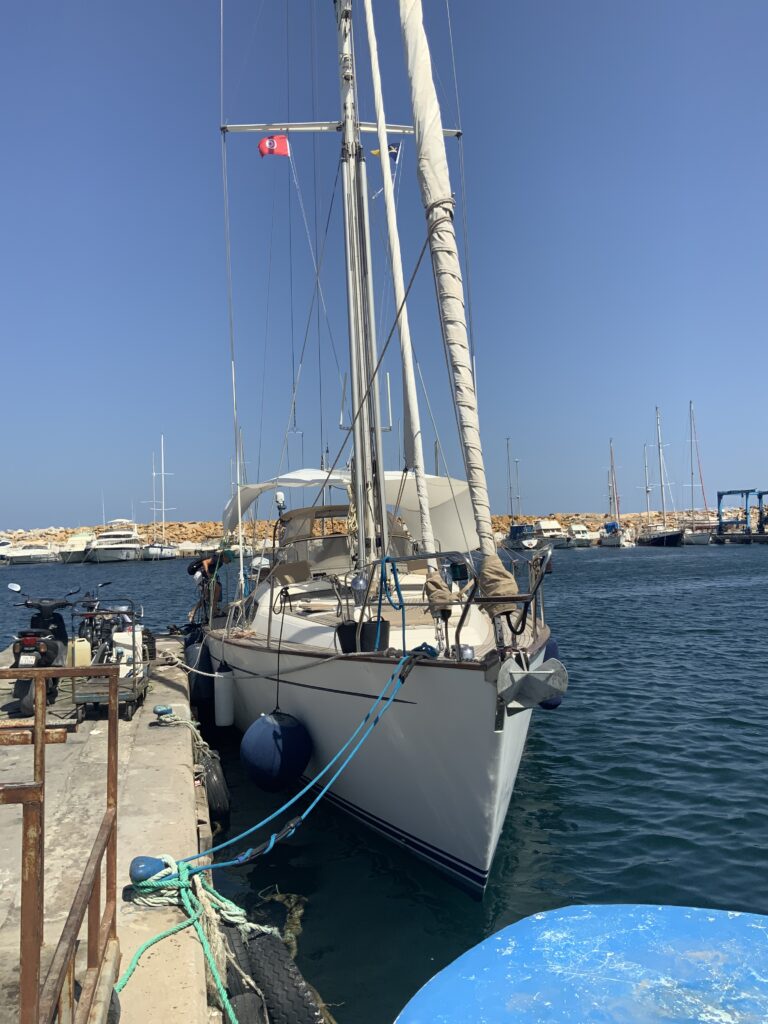
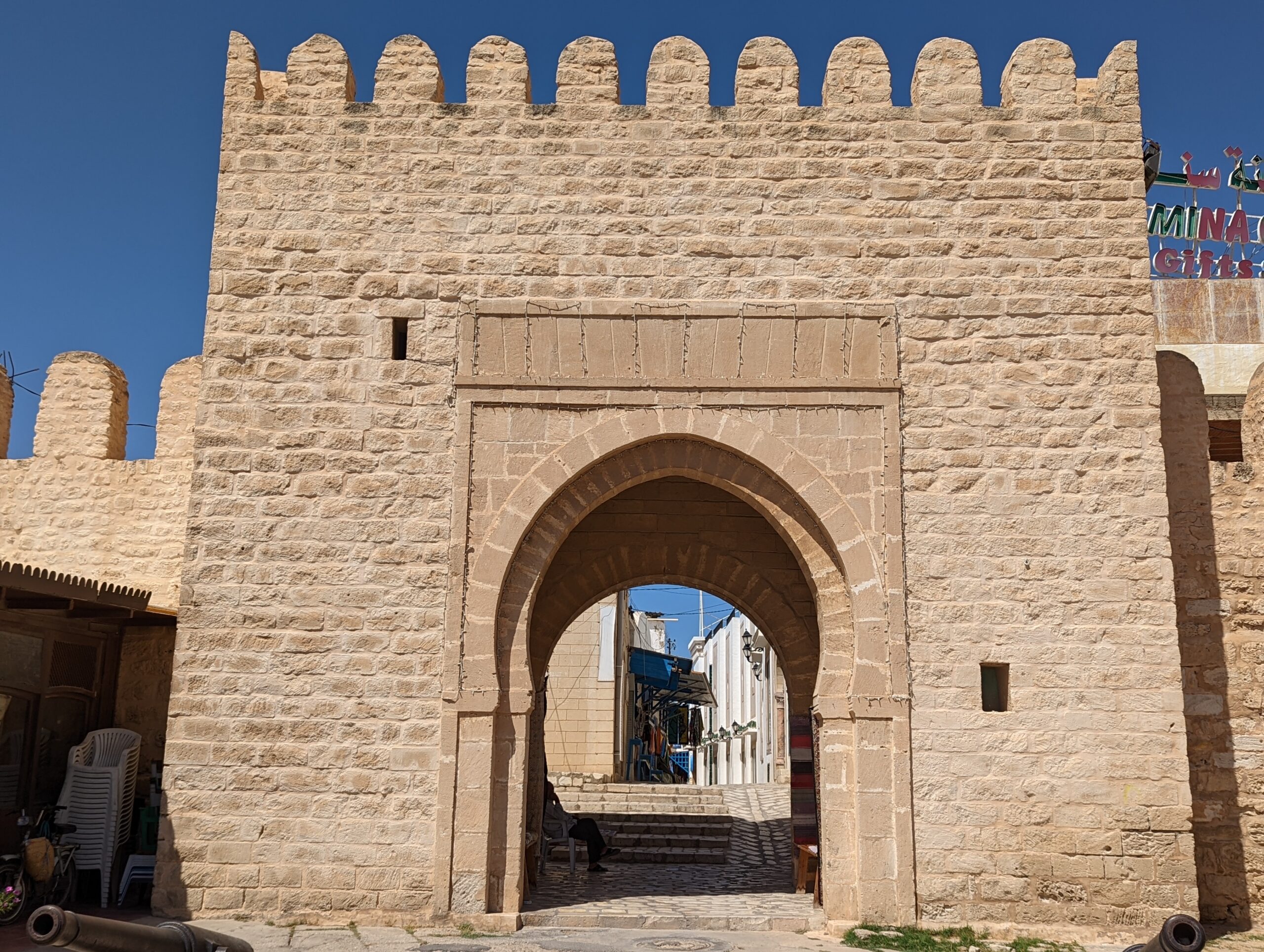
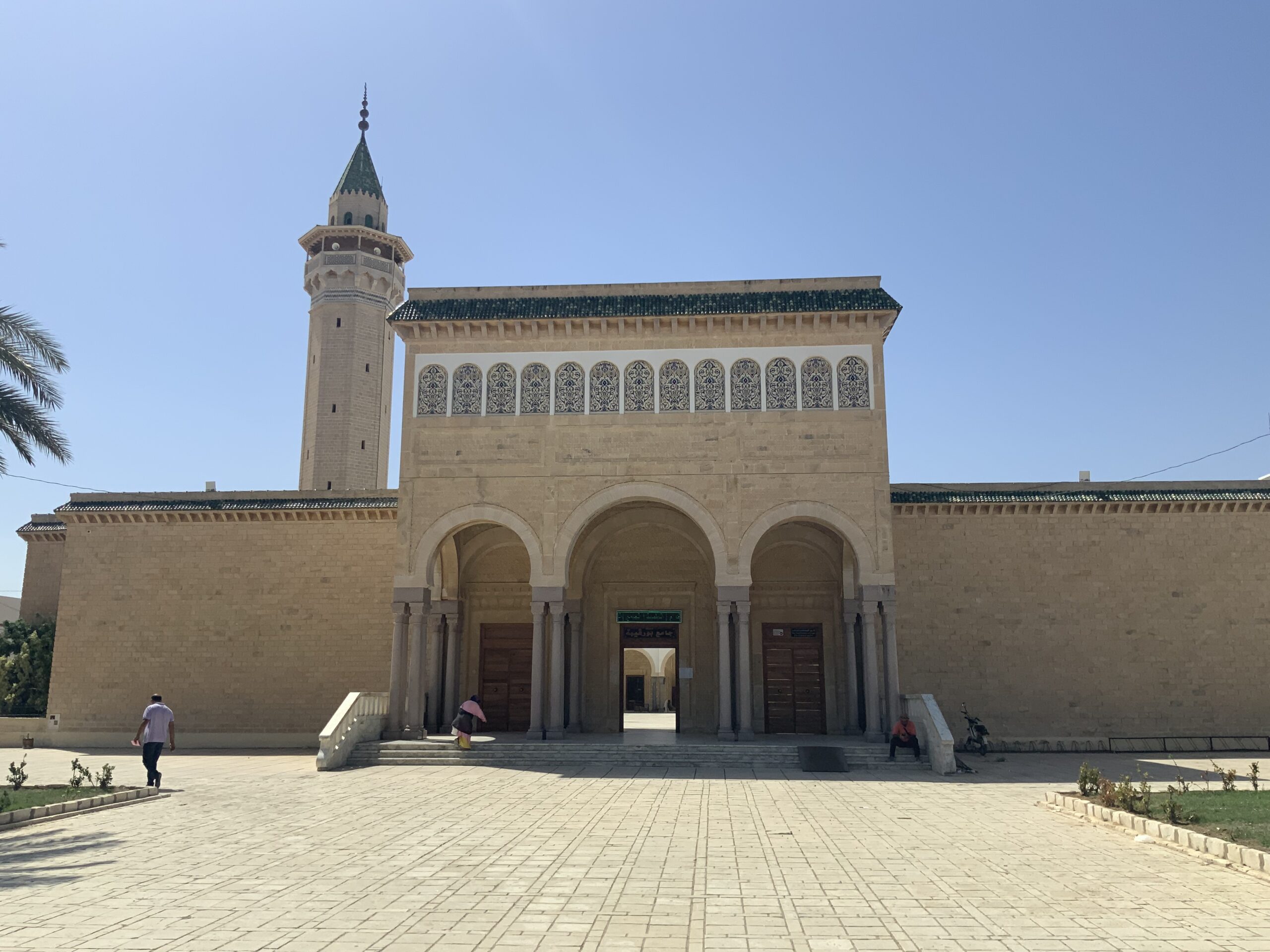
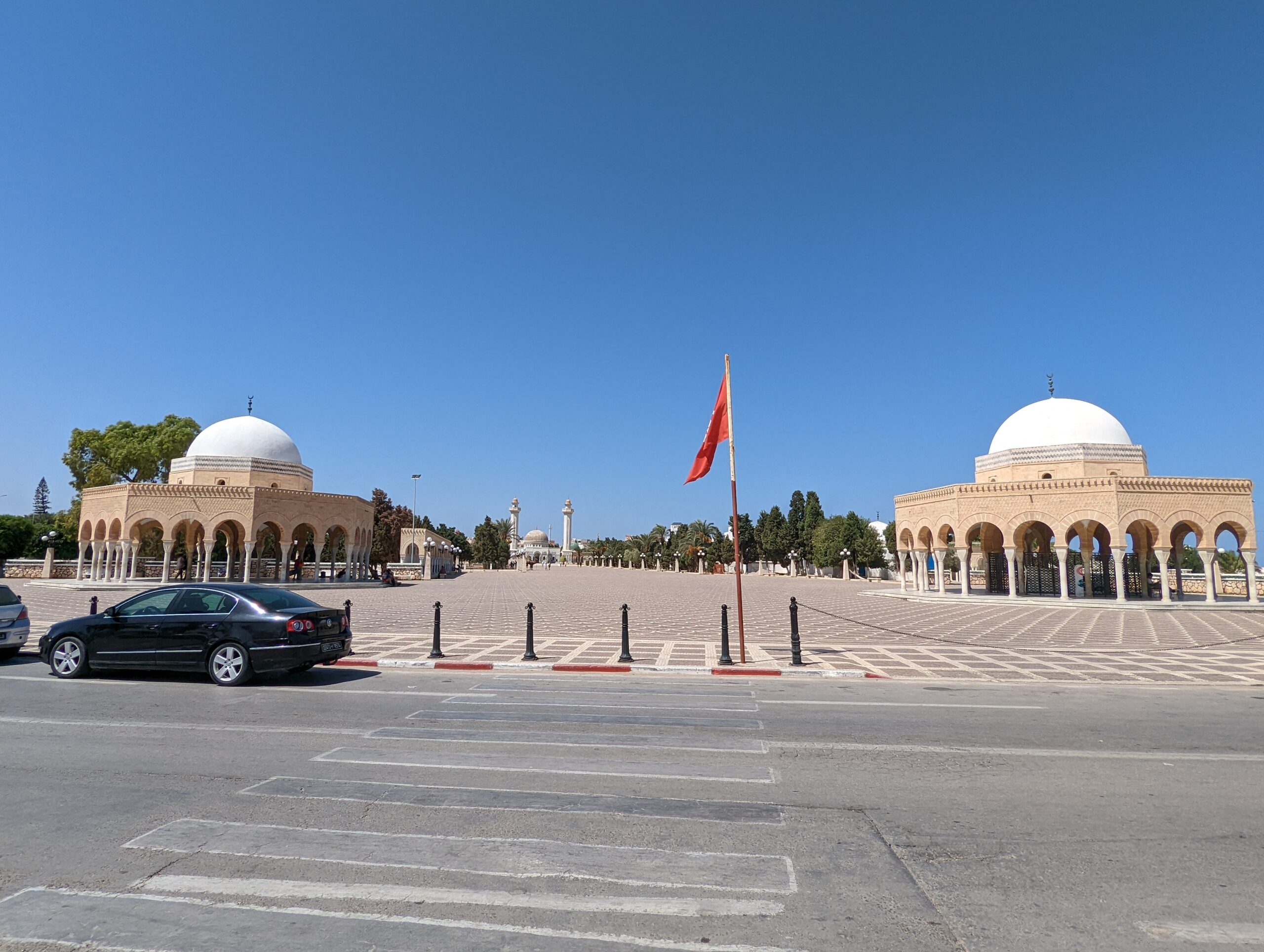
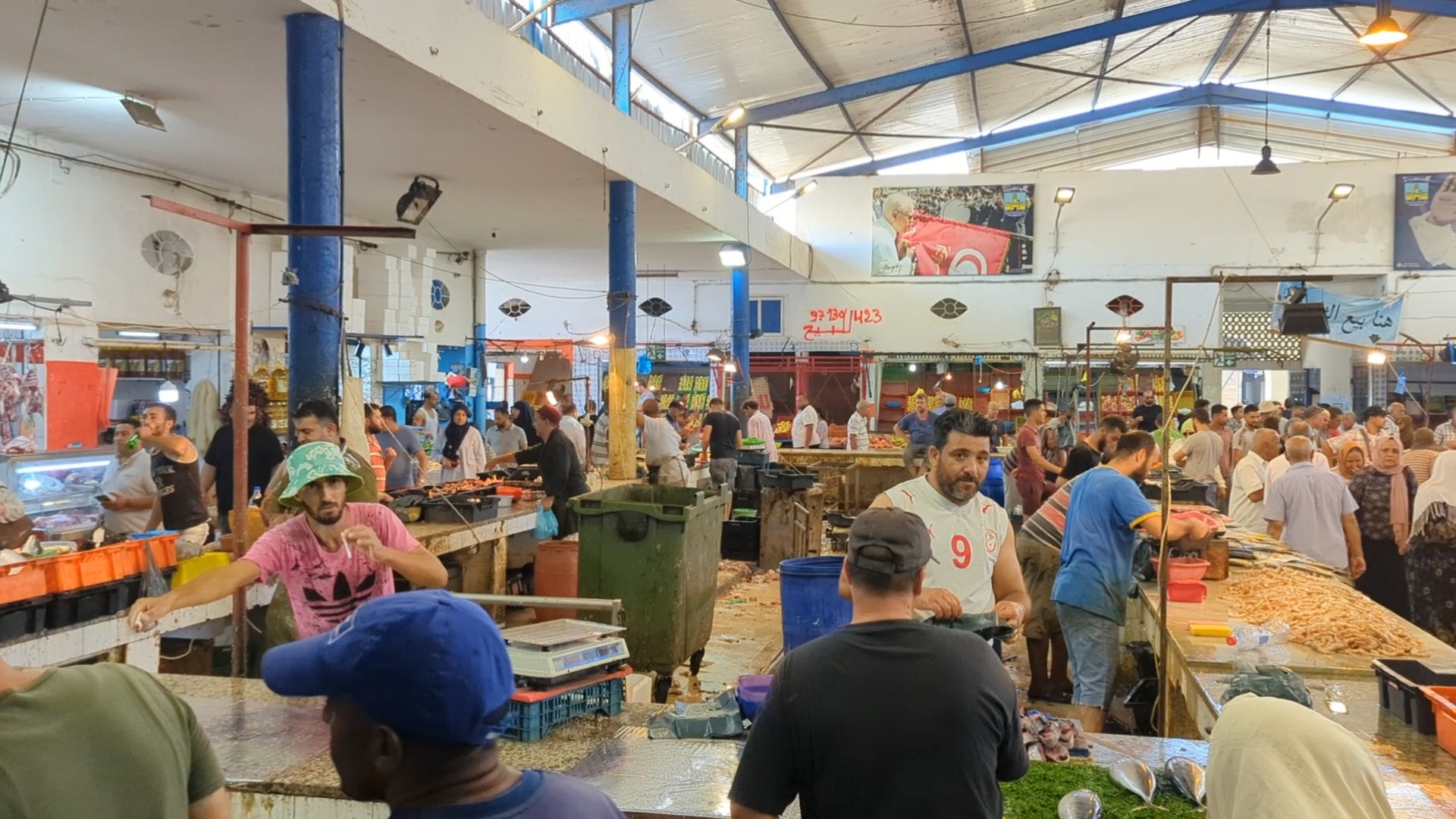
We took a taxi to El Jem, a small town about 80 km from Monastir to visit the amphitheater built around AD 238. It is one of the best preserved Roman ruins, and became a World Heritage Site in 1979.
The town was originally named Thysdrus, and was initially a small Carthaginian and Berber village. Following the Punic wars it became a Roman town and minted its own coins. In Roman times the area was less arid and became a center for olive oil production and export. Olive trees are still a primary crop, although the trees are more widely spaced than those in Spain and the ground in between ploughed. We suspect other crops are grown between the trees in the cooler months of the year. We drove at least 50km through countryside covered in olive trees.
In Ad 238, Thysdrus was at the center of the struggle to control the Roman Empire. Maximinus Thrax became the emperor after murdering the previous one, but was reviled by the people, too many taxes, fines, etc. Gordian became the leader in Thysdrus and accepted the imperial Roman throne after the locals killed Maximinus’ African procurator. However, Maximinus’ allies in Africa soon defeated Gordian at the Battle of Carthage.
Around AD 695, the Roman-Berber queen Kahina destroyed most of the olive trees in Thysdrus in her attempt to stop the Arab invasion. She was defeated in her last stand at the amphitheater. By the 10th century many of the buildings in Thysdrus had been dismantled, with the stones taken for construction purposes elsewhere.

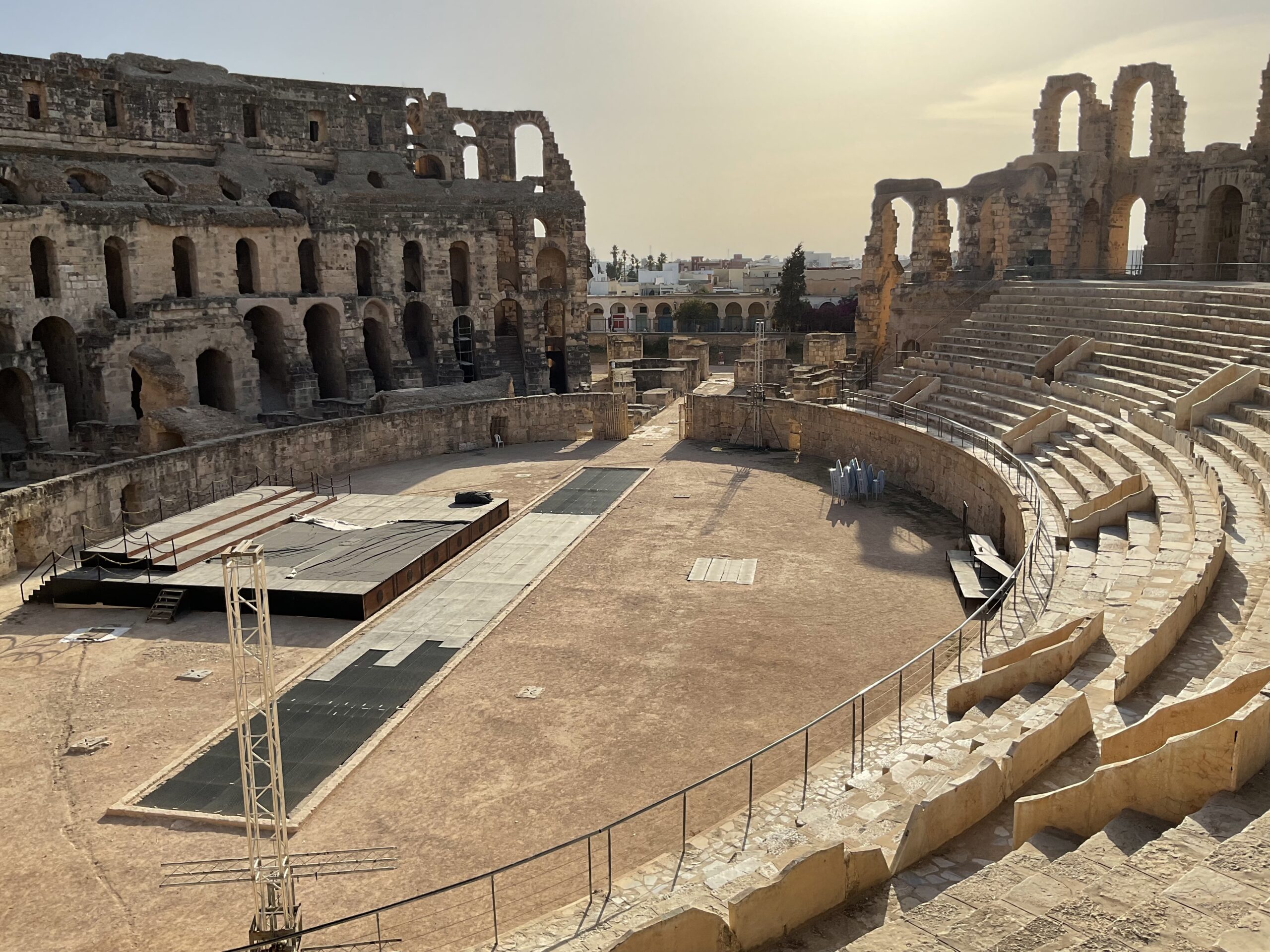
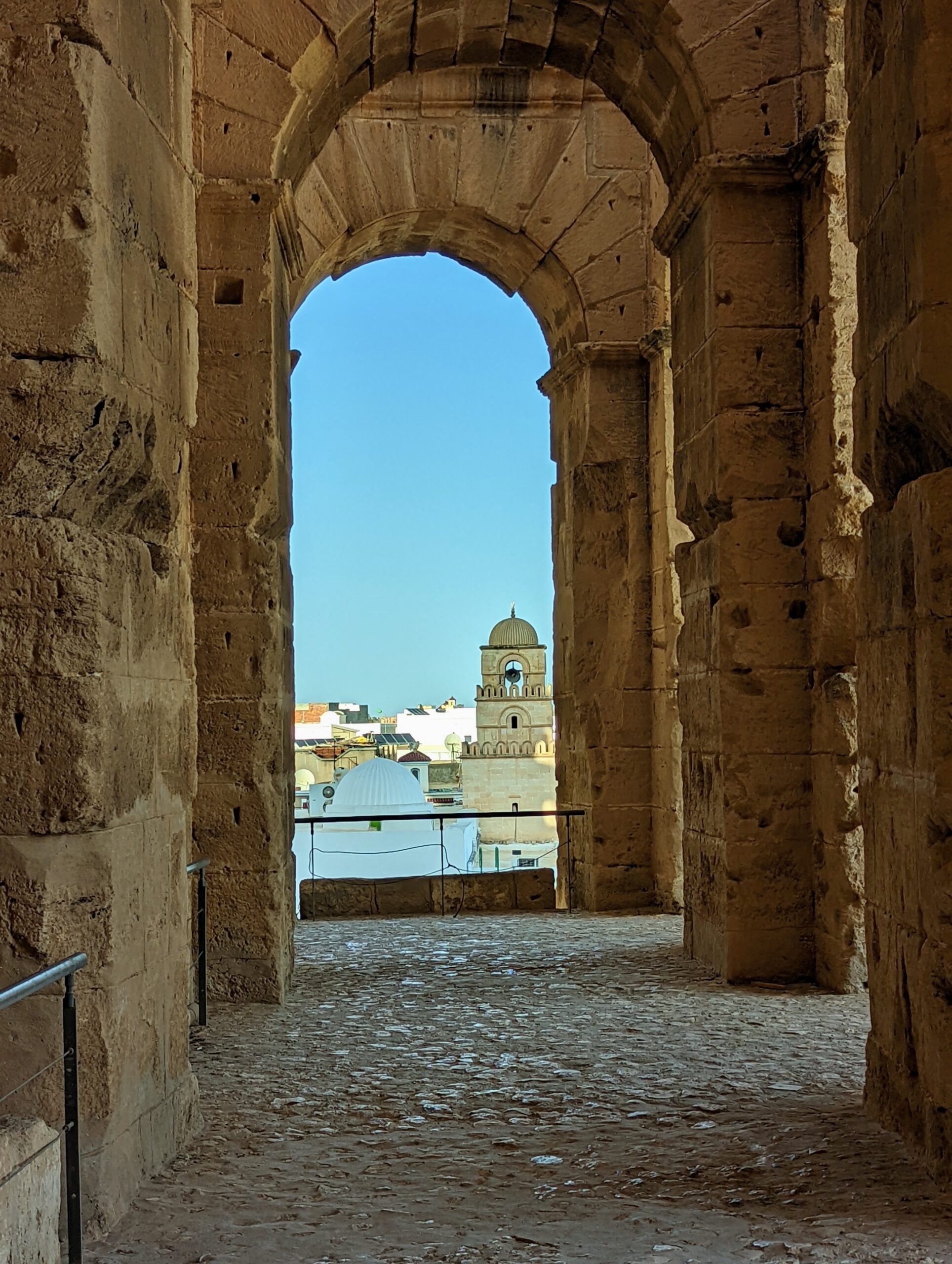
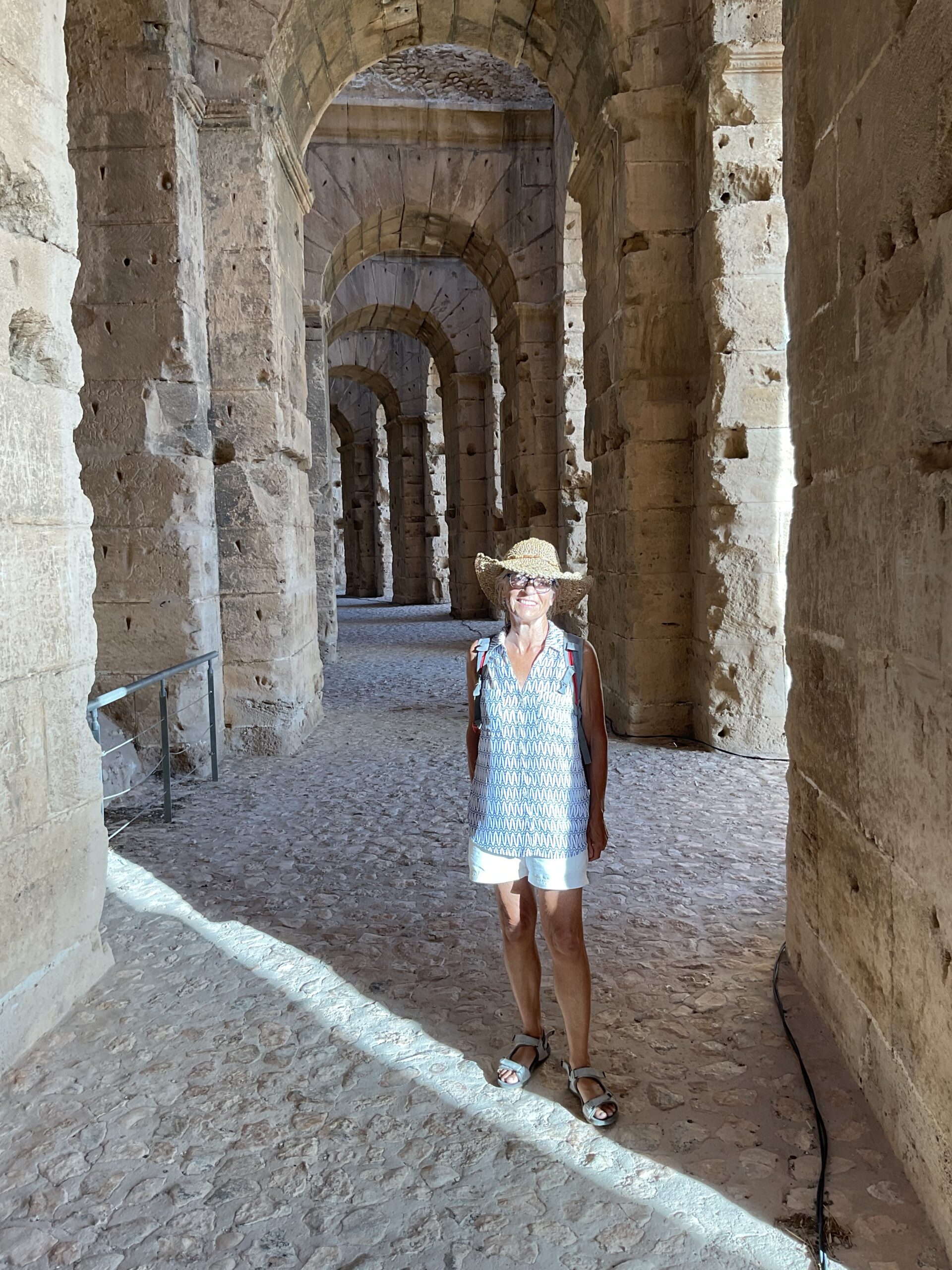
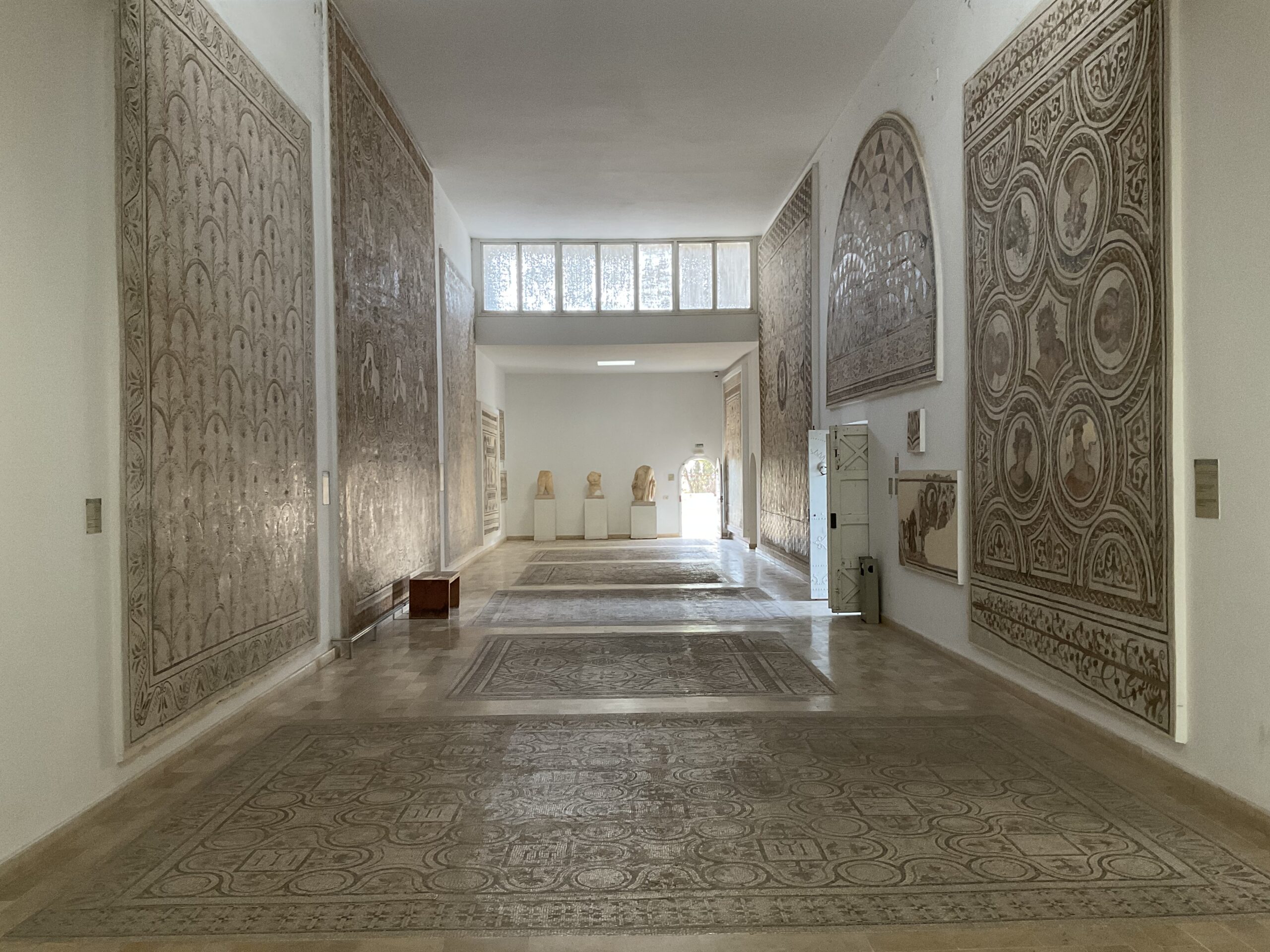

Formalities for departing Tunisia involved checking out with the National guard the day before and with the port police and customs the morning of departure. It was a slow process with our data being entered into four books, by hand. The police and customs officials then accompanied Howard to inspect the boat and, once satisfied we were clear to leave. They untied our lines and waived us goodbye. At least it was all done in a civilised manner without any need to “grease any palms”.
We definitely recommend Monastir as a stop-over location, if one is visiting Tunisia. A much more pleasant experience than Bizerte. One could replenish alcohol stocks in the local Monoprix supermarket, assuming you can find the small room outside, at the back of the supermarket. Tunisian wine was quite pleasing to the palate. The local market, a hectic place, offered a good supply of local produce, and the lively fish market, an uproarious scene, sold fish large and small, including tuna, after which the country is supposedly named. We passed a host of fish farms en route to our first way point, a cardinal buoy, about 10nm off the coast.

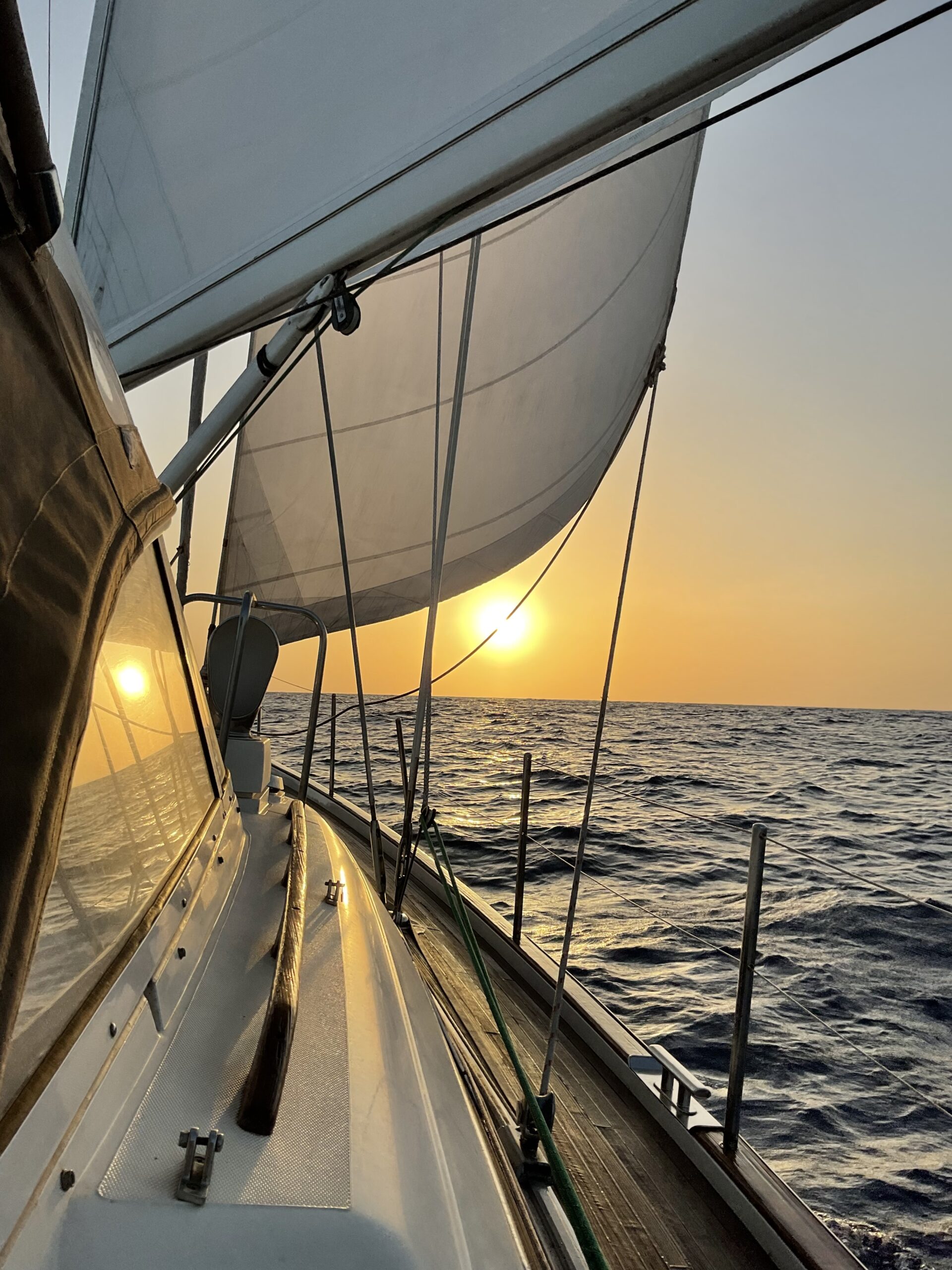
Next stop Valletta, Malta, approximately 185 nm or 28-30 hours. Forecast winds 10-25 kts. A good trip, although we had to motor-sail for over six hours near Malta, in order that we could complete check-in formalities and reach our berth in Marina di Valletta before dark. A small colourful bird hitched-hiked with us from near the aforementioned cardinal mark all the way to Valletta. We stayed a few extra days in Monastir waiting for the right weather window, northerly winds. Steve, who has sailed with us before, has joined us in Malta.
3 Comments
Ruth Pearman
So glad Monastir was a success and great to know you have arrived safely in Malta. We’ve been there. You will have another interesting stay. Rx
Jim and Tina
Good to hear from you, you are certainly seeing a lot of the Med. We have just done 3 weeks sailing in Turkey, lovely time. As you are going to Malta, I thought I would let you know that Andrea and Duncan Wills are now living there, I don’t know their address but if you need their email address let me know
Jenny
I am learning a lot about the north coast of Africa. ‘Glad you have arrived safely in Malta. Take a trip to Gozo, if you have time. There are some interesting coves and fortifications. I did my PADI training there.